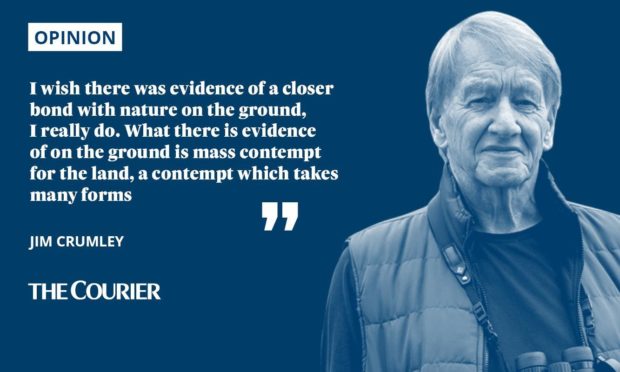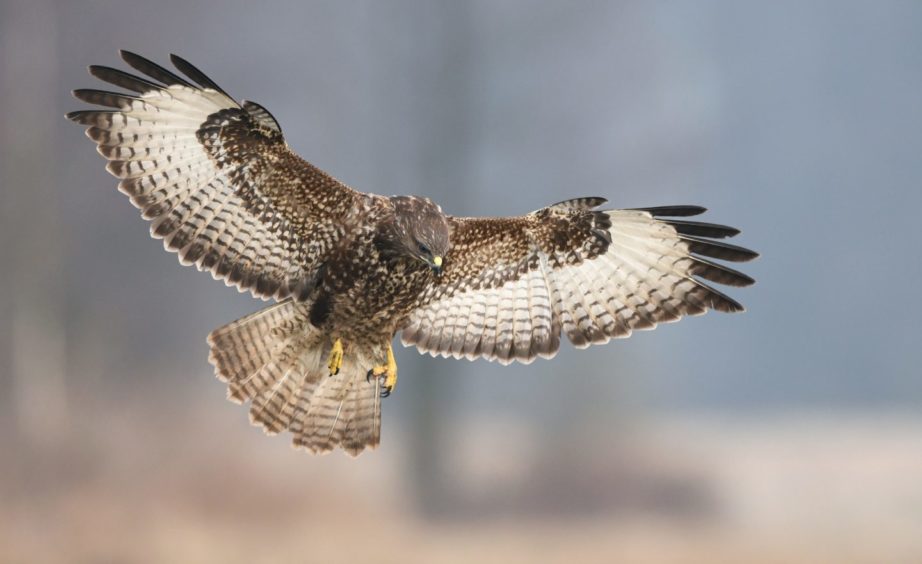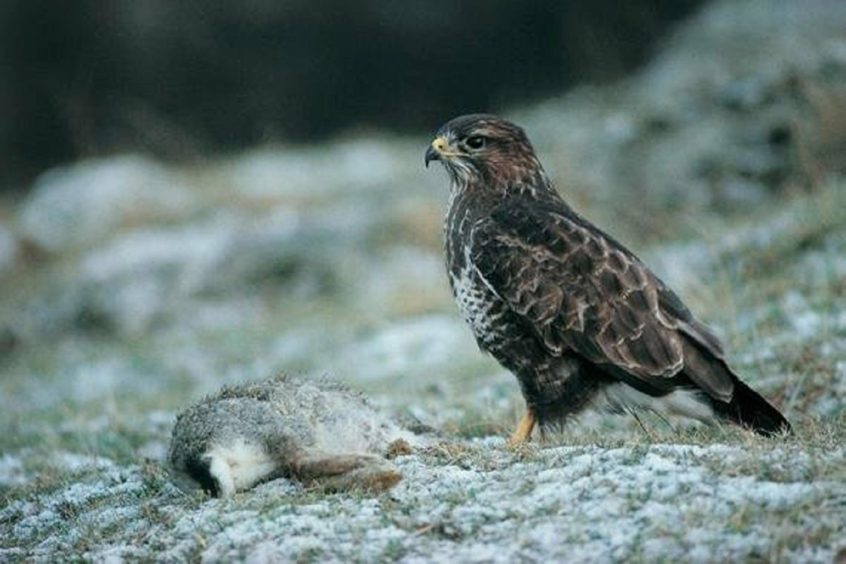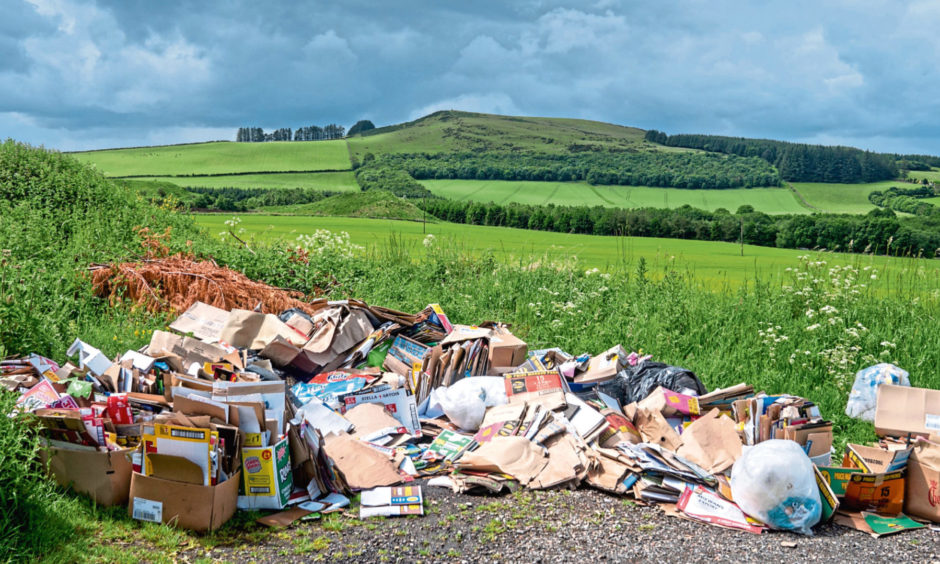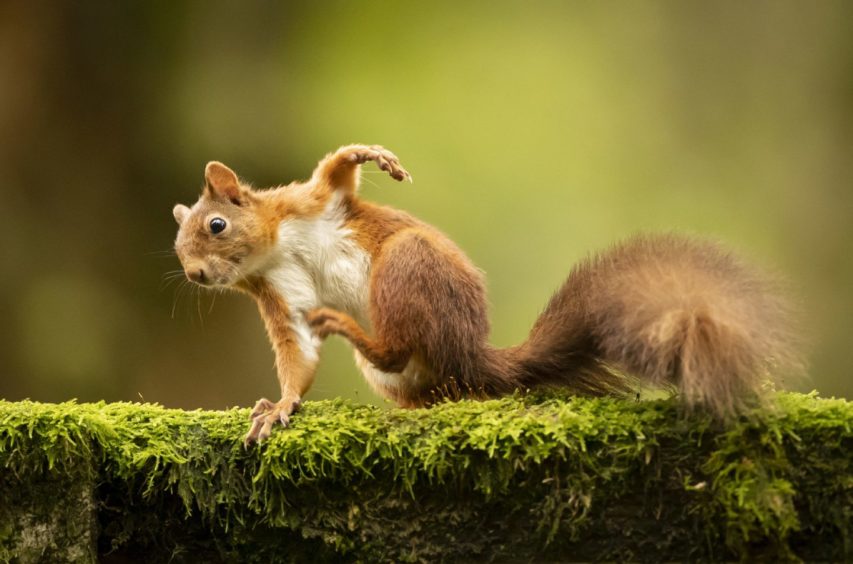Here is a question you may never have been asked before. What would you do if you found a dead buzzard, one that had apparently died naturally?
Perhaps you would call the police, the Scottish SPCA, the RSPB? Perhaps you would just leave it where it lies and walk on. These things happen, after all. Everything in nature dies sooner or later, somehow or other.
With buzzards, mostly we only ever hear about it when death is caused by shooting, poisoning or trapping, or any combination of these.
Such a bird is most likely to turn up on a stink pit if it turns up at all, and if you stumble across one of those, the smell will put you off going any closer.
Buzzards that die of natural causes are usually cleaned up by nature’s scavenger tribes.
I ask the question because one turned up dead in Fife, having apparently died a natural death, and then someone did find it.
In the endless pageant of atrocities against wildlife that characterizes so much of 21st century attitudes towards nature, and towards birds of prey in particular, I think of this as one of the most grotesque.
What he did then, however, (I am guessing it was a man, such people almost always are) was either a prank in excruciatingly bad taste, or else someone with a grudge against buzzards decided to make a point, one calculated to cause offence to a lot of people.
He hung the corpse in a tree beside the coast path between Newport and Tayport. Whatever the motive, whoever hung it there wanted it to be seen, looking for all the world as if it had died from hanging.
However, the police made it clear that the buzzard had died “of natural causes” before it was hung in the tree.
In the endless pageant of atrocities against wildlife that characterizes so much of 21st century attitudes towards nature, and towards birds of prey in particular, I think of this as one of the most grotesque.
Uncomfortable echoes
Somewhat bizarrely, what came into my mind when I heard about it for the first time was a verse from a song forever associated with Billie Holiday, “Strange Fruit”.
I love Billie Holiday’s music, but “Strange Fruit” makes as uncomfortable listening today as when she sang it for the first time in New York in 1939.
The song, written by a civil rights activist called Abel Meeropol, has a powerful anti-racism message; its theme is about black people being hung in trees.
You can argue that that is morally a world away from hanging an already dead buzzard in a tree, but the imagery of one verse in particular is what sprung to mind:
“Here is a fruit for the crows to pluck.
For the rain to gather, for the wind to suck.
For the sun to rot, for the tree to drop,
Here is a strange and bitter crop.”
The common thread here, however you may judge the relative levels of immorality at work, is contempt for life. The buzzard’s was no less of a life than a human being’s.
The prejudice against buzzards’ right to life because they happen to be predators is no less of a prejudice than that against the right to life of human beings because they happen to be black. Both forms of prejudice demonstrate a contempt for life.
We are nature’s problem child
Any other argument only makes sense if you believe that human beings are above nature, and that a human life is worth more than a buzzard’s. Nature thinks otherwise.
Nature’s truth is that human beings ARE nature, whether as individuals we like it or not, and nature considers not the buzzards but the human beings to be its problem child.
There has been a rash of articles in newspapers of all kinds about people of all kinds relating how, during the past year, they have grown closer to nature, or how in recent years they have been healed by nature, cured of everything from mental breakdown to alcoholism, to various pressures heaped on them by the particular demands of 21st century society.
It has also become its own genre of book-publishing. That nature is good for us is the simplest of self-evident of truths. The question is, are we good for nature?
Contempt for nature takes many forms
I wish there was evidence of a closer bond with nature on the ground, I really do. What there is evidence of on the ground is mass contempt for the land, a contempt which takes many forms.
These range from tons of discarded rubbish at so called beauty spots so that the beauty is besmirched to fly-tipping on a scale we simply have not seen before.
And meanwhile, sustained campaigns of blind self-interest by many of those who work the land target reintroduced and other legally protected wildlife.
Yes, nature can help us, yes it can assist the healing process. But if we acknowledge that then surely we also acknowledge that nature must be permitted to heal its other creatures, many of which are threatened with extinction by the everyday behaviour of our species.
A single symptom of that behaviour occurs, for example when someone comes along and picks up a dead buzzard and decides to hang it on a tree.
What is that but one more gratuitous insult, one more slap in the face for nature from Homo sapiens. It is indeed a strange and bitter crop.
